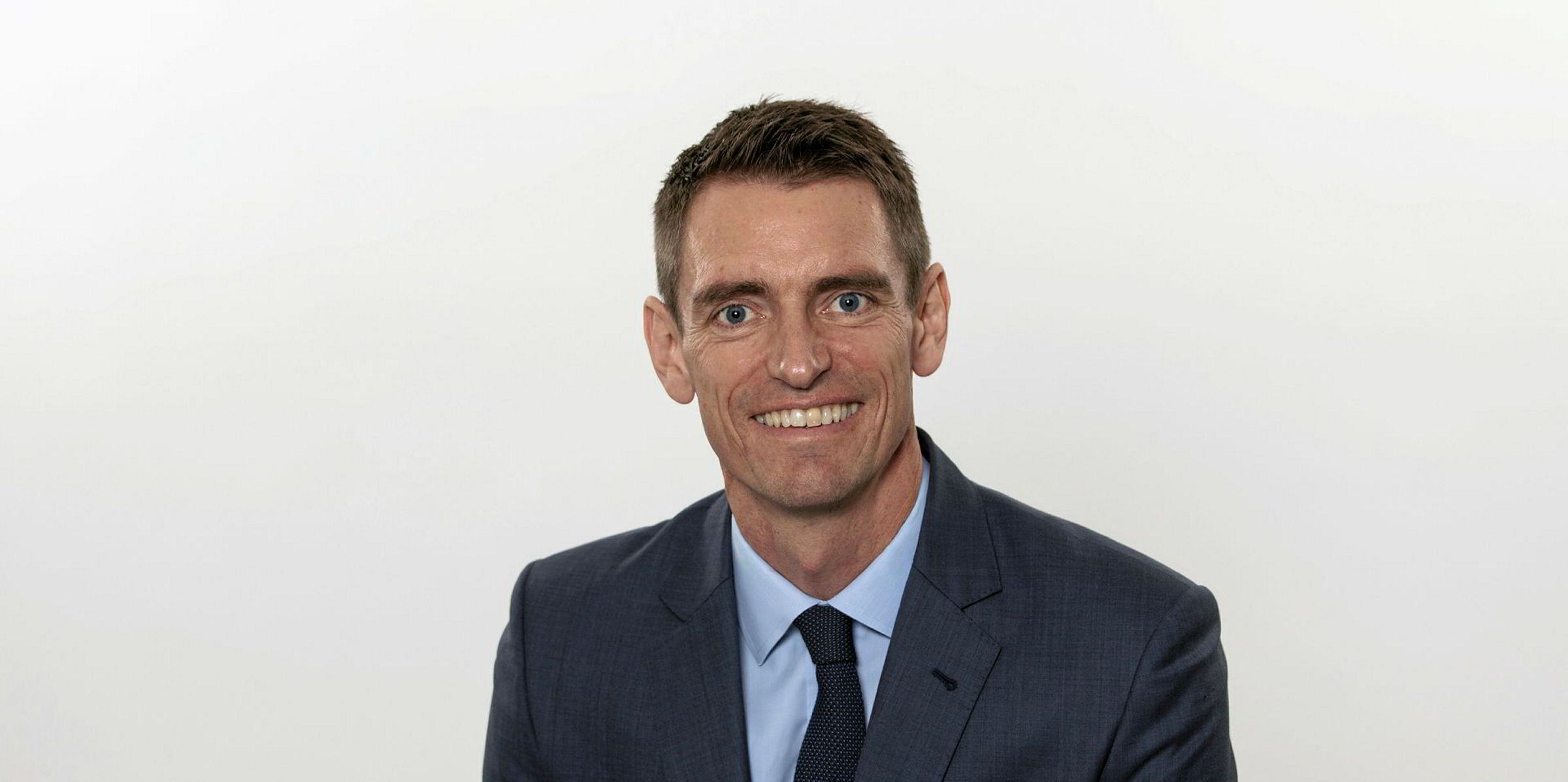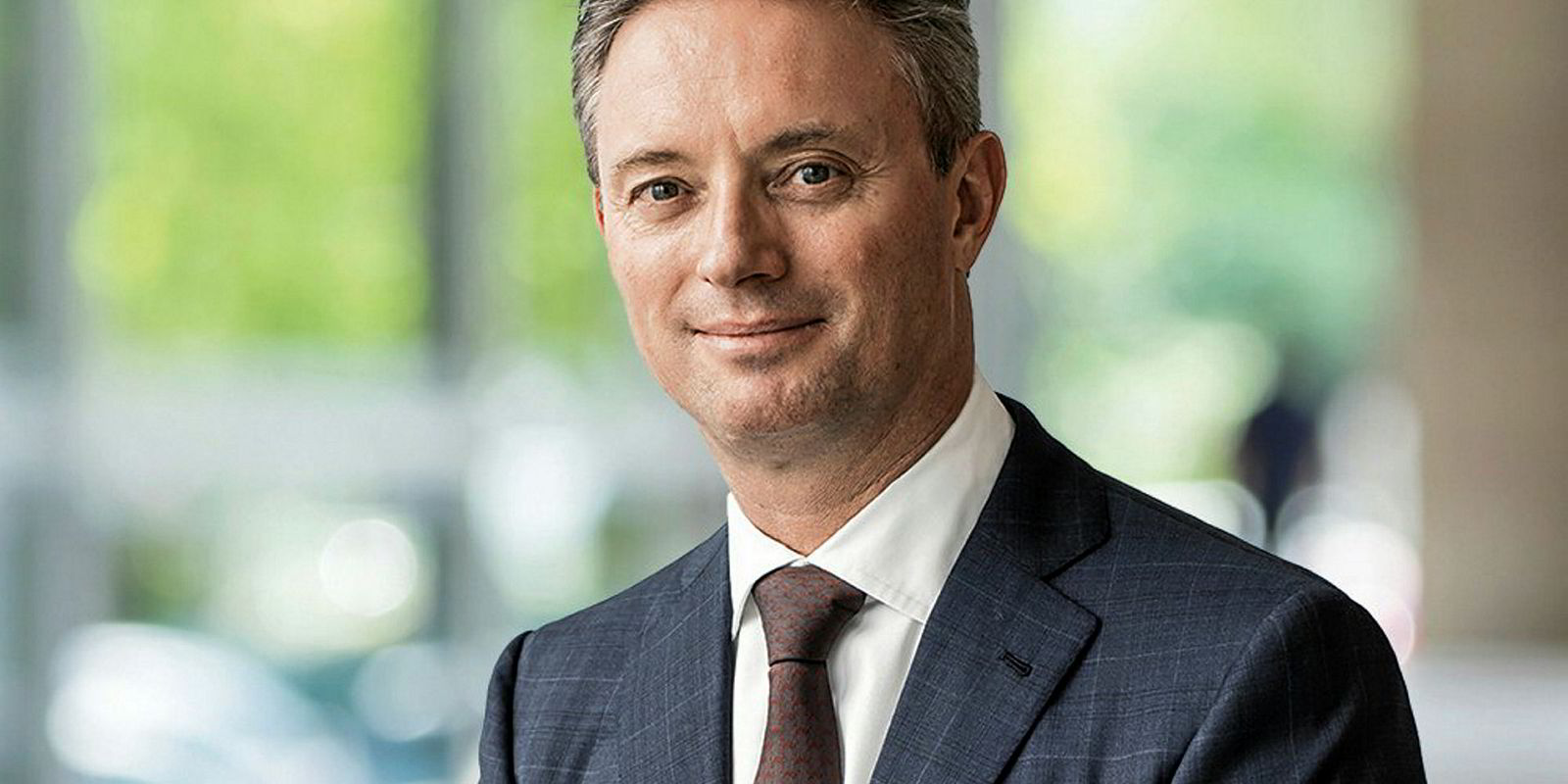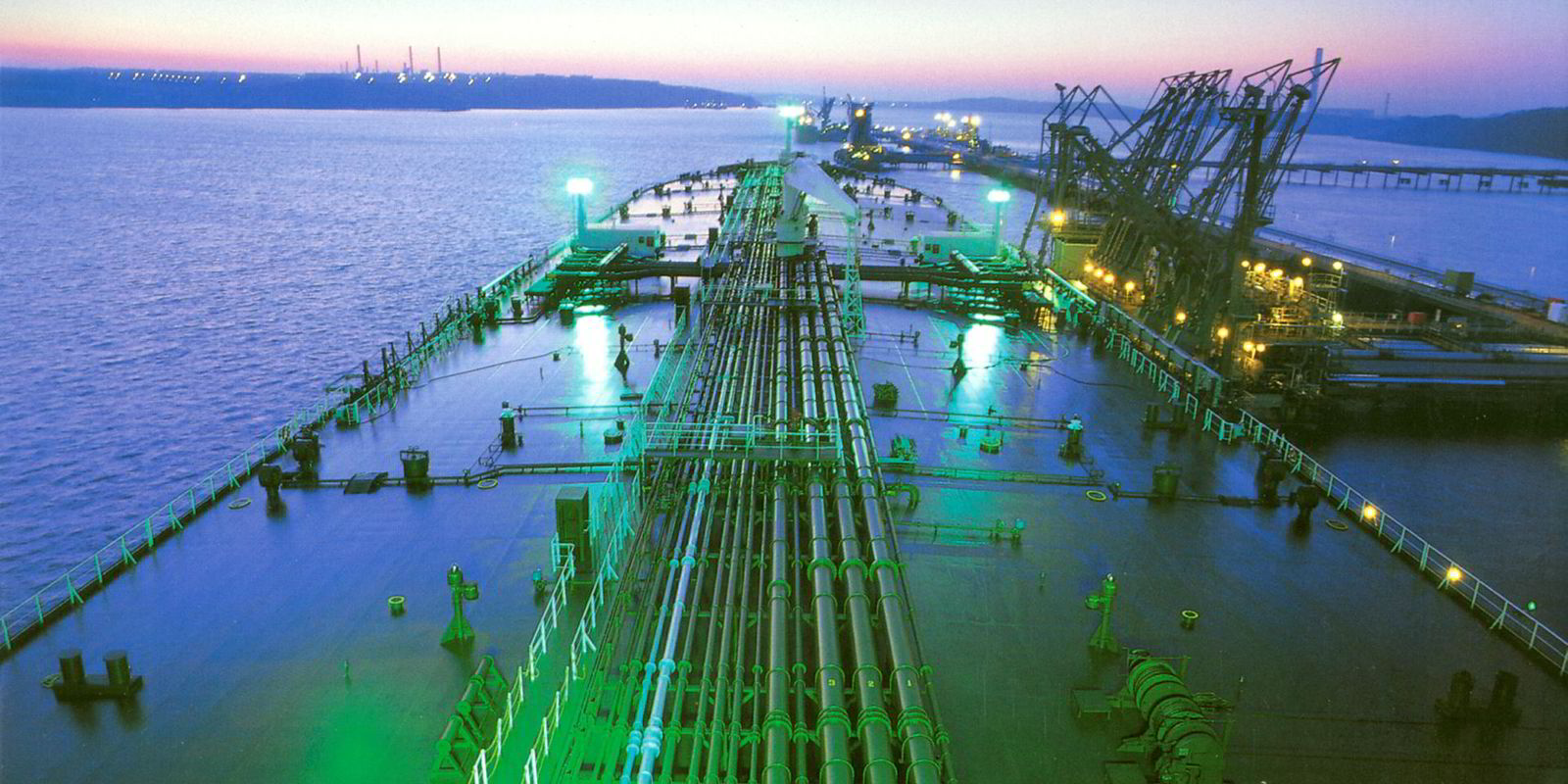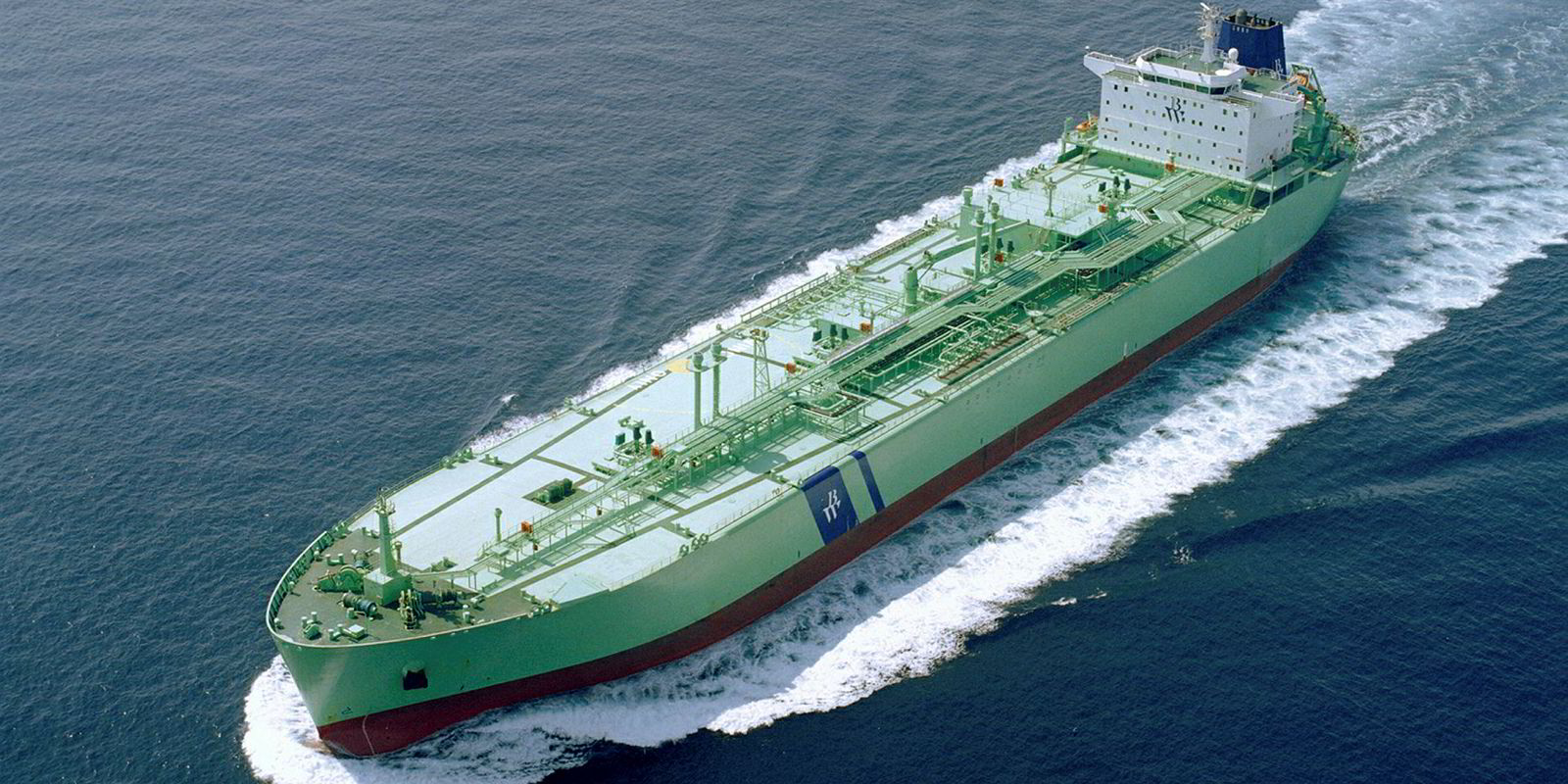Trafigura is planning to time charter more crude and product tankers for longer periods in the coming quarters, even as it takes delivery of its largest newbuilding programme to date.
The move, according to global head of wet freight shipping Rasmus Bach Nielsen, would expand the fleet under the trading house’s control for what it expects to be an improving freight market.
For its cargo operation, Trafigura plans to remain a significant spot charterer while considering contracts of affreightment (COAs) for longer-term requirements.
The trading giant is seeking to time charter between 55 and 85 tankers for more than three months in the financial year that started on 1 October, compared with between 45 and 65 vessels on charter at any one time in the previous year.
“I hope we will have a larger time chartered fleet throughout next year versus what we had in [financial year] 2018,” Bach Nielsen told TradeWinds.
Newbuilding deliveries
Its target does not take into account 35 crude and product tanker newbuildings to be delivered to Trafigura by Chinese and South Korean yards in 2019.
The scrubber-fitted ships were ordered by China’s Bank of Communications Financial Leasing and will be on long-term leases to Trafigura.
The expansion of Trafigura-controlled tonnage is timed to take advantage of the forecast upturn in the tanker market from next year.
Bach Nielsen said Trafigura is becoming more open to charters of more than 12 months, after the number of such contracts held by his company fell to a five-year low in the last financial year.
According to Bach Nielsen, this is to obtain a position into 2020 when the IMO will require vessels to consume 0.5% sulphur fuels instead of high-sulphur fuel oil (HSFO) unless they have scrubbers onboard.
In addition, as many industry participants expect the price spread between 0.5%-sulphur fuels and HSFO to reach between $200 and $250 per tonne in 2020, Bach Nielsen hopes his time-chartered tonnage would be installed with scrubbers.

Shipowners to a large extent have decided to keep their scrubber-fitted vessels on their own fleets, not offering to third parties. Getting exposure into 2020 is becoming more challenging due to owners’ forward positive view
However, it is not an easy requirement to meet.
“Shipowners, to a large extent, have decided to keep their scrubber-fitted vessels on their own fleets, not offering to third parties,” Bach Nielsen said.
“Getting exposure into 2020 is becoming more challenging due to owners’ forward positive view.”
“It’s a general consensus that 2020 will look significantly better than what we are seeing today.”
Rising earnings
Going forward, many industry officials expect tanker earnings to rise next year before further increases in 2020, with more scrapping of old tonnage and cross-region trades triggered as the oil and shipping industries prepare for the new bunker rules.
Bach Nielsen predicts market headwinds from heavy refinery maintenance and large newbuilding tonnage in the first half of 2019, but suggested there will be a different story from July.
“We are going to see more inefficiencies in the fleet, as ships will have to be positioned for dry docks for scrubber retrofitting,” Bach Nielsen said.
“[And] when refineries start to prepare for IMO 2020 from the third quarter onwards, chances are new arbitrage [routes] will open.”
With separate bookkeeping, Trafigura’s tanker operation acts as a profit centre in its own right. But the freight desk can often take advantage of the large amount of group cargoes during the trough of the freight cycle.
“Last [financial] year, 55% of all Trafigura-controlled tonnage was transporting internal cargo. In 2015, when the market was a lot better, this number was 40%,” Bach Nielsen said.
“We can have [fleet] utilisation optimisation through our internal cargo programme, … and we leverage [it] more when the market is bad.”
Major spot charterer
Overall, Trafigura recorded 2,956 spot tanker fixtures for its cargo operation in the last financial year, of which 78% utilised third-party tonnage.
With that percentage expected to stay flat or only decrease marginally, Bach Nielsen said that Trafigura will remain a significant charterer. Moreover, his company would consider COAs with shipowners when fulfilling its shipping needs, Bach Nielsen added.
Regardless of which point in the cycle the market is at, he said, Trafigura is generally looking for reliable owners with quality tonnage who can lift cargoes on time.
“As a trading house, we don’t mind firm freight markets,” Bach Nielsen said. “In fact, we prefer it, just as long we don’t pay more than the competitors on the day when freight gets fixed.”






